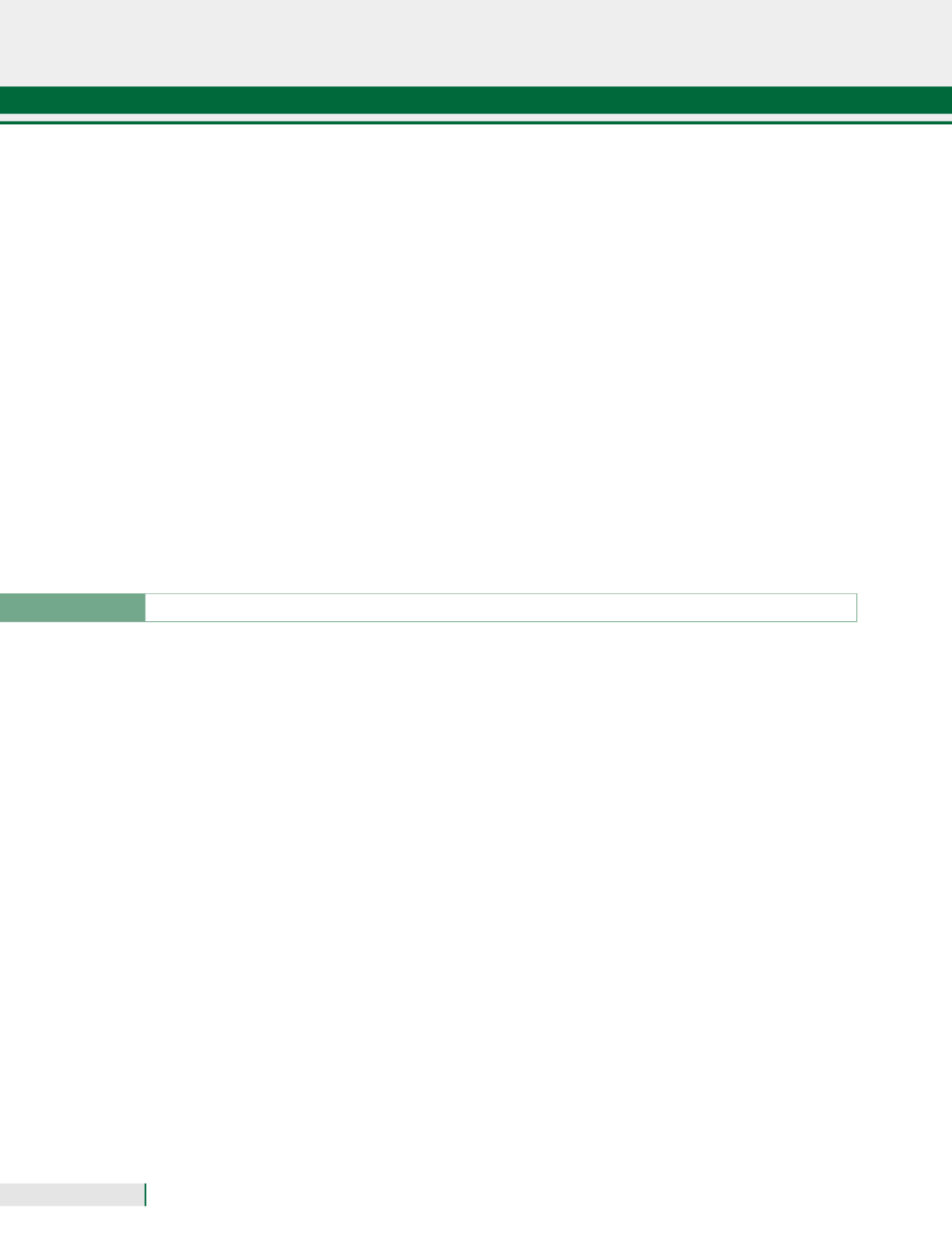
468
Panorama Actual del Medicamento
PLANTAS MEDICINALES
la expresión de la glicoproteína P. Hoy día se
sabe que la hiperforina se fija con alta afinidad
a un receptor nuclear humano, el receptor X
de pregnano (PXR), factor de transcripción ex-
presado selectivamente en el hígado e intestino
cuya función es la activación de proteínas im-
plicadas en la destoxificación. La activación de
dicho receptor induce la expresión de diversos
enzimas de metabolización del cit P450, entre
ellos CYP3A4, y de conjugación como la glico-
proteína P.
Según algunos autores esta actividad solo
ocurre a elevadas dosis de hiperforina (>10 mg/
día) mientras que si la cantidad de hiperforina
administrada es inferior a 4 mg/día, no se ob-
servan efectos sobre los enzimas del cit P450,
incluso en tratamientos de larga duración. Sin
embargo, también influye la susceptibilidad ge-
nética individual, comprobándose que a dosis
terapéuticas (Extracto SJW: 300 mg tres veces
al día, durante 14 días) puede disminuir las
concentraciones plasmáticas de algunos medi-
camentos, como ocurre con zolpidem.
Por tanto y por precaución, se debe controlar
el uso con fármacos en cuyo metabolismo inter-
vienen esos isoenzimas (amitriptilina, fexofena-
dina, benzodiacepinas, metadona, sinvastatina,
digoxina, finasterida, anticonceptivos orales, ke-
tamina, etc.) ya que podrían reducirse sus con-
centraciones plasmáticas. La disminución de las
concentraciones plasmáticas de anticonceptivos
orales, además de poder incrementar el san-
grado intermenstrual, puede reducir la eficacia
anticonceptiva.
La actividad enzimática se recupera una se-
mana después de haber sido interrumpido el
tratamiento con hipérico.
Por su mecanismo de acción, si se combina
con antidepresivos inhibidores de la recaptación
de serotonina (sertralina, nefazodona), buspi-
rona o triptanes puede incrementar la actividad
serotoninérgica.
Bibliografía
–
–
Clewell A, Barnes M, Endres JR,
et al.
Efficacy and tolera-
bility assessment of a topical formulation containing copper
sulfate and
Hypericum perforatum
on patients with herpes
skin lesions: a comparative, randomized controlled trial.
J
Drugs Dermatol
2012,
11
(2): 209-15.
–
–
ESCOP Monographs.
The Scientific Foundation for Herbal
Medicinal Products. Second edition. Thieme 2003.
–
–
Fiebich BL, Knörle R, Appel K,
et al.
Pharmacological stu-
dies in an herbal drug combination of St. John’s Wort (
Hype-
ricum perforatum
) and passion flower (
Passiflora incarnata
):
In vitro
and
in vivo
evidence of synergy between
Hypericum
and
Passiflora
in antidepressant pharmacological models.
Fitoterapia
2011,
82
(3): 474-80.
–
–
Gurley BJ, Fifer EK, Gardner Z.
Pharmacokinetic herb-
drug interactions (part2): drug interactions involving popular
botanical dietary supplements and their clinical relevance.
Planta Med
2012,
78
(13): 1490-514.
–
–
Hojo Y, Echizenya M, Ohkubo T, Shimizu T.
Drug in-
teraction between St John’s wort and zolpidem in healthy
subjects
. J Clin Pharm Ther
2011,
36
(6): 711-5.
–
–
Kasper S, Volz HP, Möller HJ,
et al.
Continuation and
long-term maintenance treatment with
Hypericum
extract
WS 5570 after recovery from an acute episode of moderate
depression-a double-blind, randomized, placebo controlled
long-term trial.
Eur Neuropsychopharmacol
2008,
18
(11):
803-13.
–
–
Kasper S, Caraci F, Forti B,
et al.
Efficacy and tolera-
bility of Hypericum extract for the treatment of mild to
moderate depression.
Eur Neuropsychopharmacol
2010,
20
(11): 747-65.
–
–
Meinke MC, Schanzer S, Haag SF,
et al.
In vivo
photopro-
tective and anti-inflammatory effect of hyperforin is associa-
ted with high antioxidant activity
in vitro
and
ex vivo
.
Eur J
Pharm Biopharm
2012,
81
(2): 346-50.
–
–
Najafizadeh P, Hashemian F, Mansouri P,
et al.
The eva-
luation of the clinical effect of topical St Johns wort (
Hyperi-
cum perforatum
L.) in plaque type psoriasis vulgaris: a pilot
study.
Australas J Dermatol
2012,
53
(2): 131-5.
–
–
Rahimi R, Nikfar S, Abdollahi M.
Efficacy and tolerability
of
Hypericum perforatum
in major depressive disorder in
comparison with selective serotonin reuptake inhibitors: a
meta-analysis.
Prog Neuropsychopharmacol Biol Psychiatry
2009,
33
(1): 118-27.
–
–
Röder C, Schaefer M, Leucht S.
Meta-analysis of effec-
tiveness and tolerability of treatment of mild to moderate
depression with St. John’s Wort.
Fortschr Neurol Psychiatr
2004,
72
(6): 330-43.
–
–
Sarris J, Panossian A, Schweitzer I,
et al.
Herbal me-
dicine for depression, anxiety and insomnia: a review of
psychopharmacology and clinical evidence.
Eur Neuropsy-
chopharmacol
2011,
21
(12): 841-60.
–
–
Sarris J, Fava M, Schweitzer I, Mischoulon D.
St John’s
wort (
Hypericum perforatum
) versus sertraline and placebo
in major depressive disorder: continuation data from a 26-
week RCT.
Pharmacopsychiatry
2012,
45
(7): 275-8.
–
–
Singer A, Schmidt M, Hauke W, Stade K.
Duration of
response after treatment of mild to moderate depression
with Hypericum extract STW 3-VI, citalopram and placebo:
a reanalysis of data from a controlled clinical trial.
Phytome-
dicine
2011,
18
(8-9): 739-42.
–
–
Whitten DL, Myers SP, Hawrelak JA, Wohlmuth H.
The
effect of St John’s wort extracts on CYP3A: a systematic
review of prospective clinical trials.
Br J Clin Pharmacol
2006,
62
(5): 512-26.


